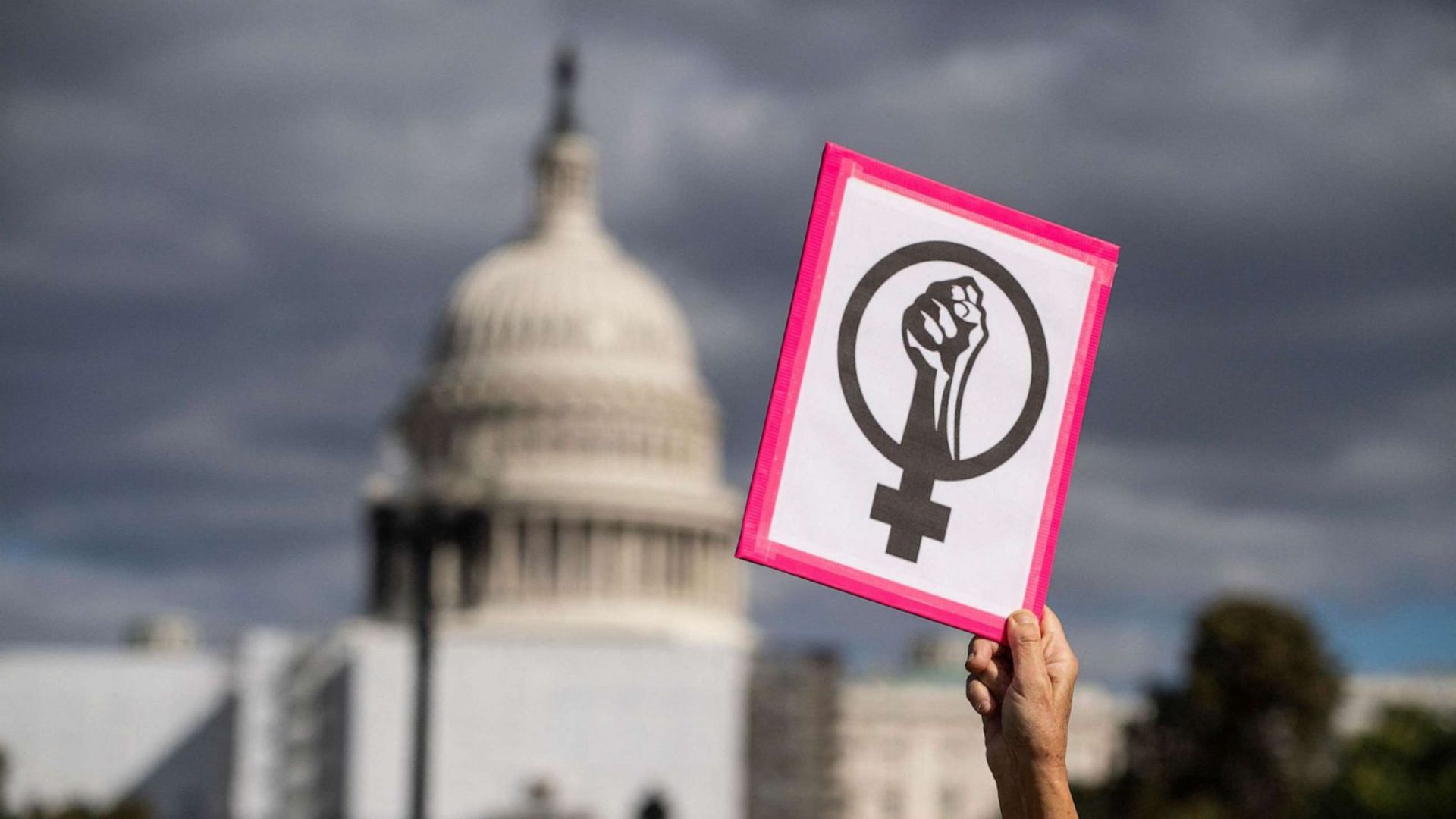The feminist movement has profoundly impacted society, reshaping gender roles, advancing women’s rights, and challenging societal norms. Spanning multiple waves and incorporating diverse voices, the feminist movement has left an enduring legacy that continues to influence contemporary discussions on gender equality and social justice. This article examines the key achievements, ongoing challenges, and the lasting legacy of the feminist movement.

The Evolution of Feminism
Historical Context:
- First Wave (19th-early 20th Century): Focused on legal issues and inequalities, such as women’s suffrage and property rights. Key figures included Elizabeth Cady Stanton and Susan B. Anthony.
- Second Wave (1960s-1980s): Addressed a broader range of issues including workplace discrimination, reproductive rights, and gender roles. Prominent figures included Betty Friedan and Gloria Steinem.
- Third Wave (1990s-early 2000s): Emphasized diversity and intersectionality, addressing issues of race, sexuality, and identity. Notable figures included Kimberlé Crenshaw and bell hooks.
- Fourth Wave (2010s-present): Focuses on digital activism, sexual harassment, and gender fluidity. Prominent movements include #MeToo and Time’s Up.
Key Achievements:
- Legal Rights: Secured voting rights, reproductive rights, and anti-discrimination laws.
- Social Change: Challenged traditional gender roles and norms, leading to greater gender equality in various sectors.
Impact on Legislation and Policy
Women’s Rights Legislation:
- 19th Amendment (1920): Granted women the right to vote in the United States.
- Equal Pay Act (1963): Aimed to eliminate wage disparities between men and women.
- Title IX (1972): Prohibited gender discrimination in educational programs and activities receiving federal funding.
Reproductive Rights:
- Roe v. Wade (1973): Landmark Supreme Court decision that legalized abortion in the U.S.
- Affordable Care Act (2010): Expanded access to contraceptive services and maternal health care.
Anti-Discrimination Laws:
- Civil Rights Act (1964): Prohibited employment discrimination based on sex, race, color, religion, or national origin.
- Violence Against Women Act (1994): Addressed issues of domestic violence and sexual assault.
Social and Cultural Shifts
Changing Gender Roles:
- Workplace Equality: Increased female participation in the workforce and the breaking of barriers in traditionally male-dominated fields.
- Family Dynamics: Greater acceptance of diverse family structures and shared domestic responsibilities.
Cultural Representation:
- Media and Arts: Increased representation of women and diverse gender identities in media, literature, and the arts, challenging stereotypes and promoting more inclusive narratives.
- Education and Empowerment: Greater access to education and leadership opportunities for women and marginalized groups.
Intersectionality:
- Inclusive Feminism: Acknowledged and addressed the intersections of race, class, sexuality, and disability with gender, leading to a more comprehensive approach to social justice.
Ongoing Challenges
Gender Inequality:
- Wage Gap: Persistent disparities in earnings between men and women, and among women of different races and ethnicities.
- Workplace Discrimination: Continued challenges related to harassment, unequal opportunities, and career advancement.
Reproductive Rights:
- Access to Healthcare: Ongoing debates and legal battles over access to reproductive health services and contraception.
- Abortion Restrictions: Efforts to roll back or limit abortion rights in various regions.
Violence and Harassment:
- Domestic Violence: Continued prevalence of domestic violence and challenges in providing adequate support and protection for survivors.
- Sexual Harassment: Persistent issues of sexual harassment and assault, despite increased awareness and legal protections.
The Future of Feminism
Global Perspectives:
- International Advocacy: Expanding the focus to include global issues such as gender-based violence, forced marriage, and educational access for women and girls.
- Cultural Sensitivity: Emphasizing the need for culturally sensitive approaches to feminist advocacy and policy-making.
Digital Activism:
- Social Media: Leveraging digital platforms for advocacy, mobilization, and raising awareness about gender equality issues.
- Virtual Communities: Building online communities to support feminist goals and connect activists across borders.
Inclusivity and Intersectionality:
- Broadening the Movement: Ensuring that feminist efforts are inclusive of all gender identities, sexual orientations, and intersectional experiences.
- Collaborative Efforts: Working with other social justice movements to address systemic issues and promote comprehensive change.
Conclusion
The feminist movement has left an indelible mark on society, driving significant advancements in gender equality and social justice. From legal victories and cultural shifts to ongoing challenges and future directions, the legacy of feminism continues to shape the world. By understanding its history and impact, we can build on this legacy to address current issues and work toward a more equitable and inclusive future for all.

